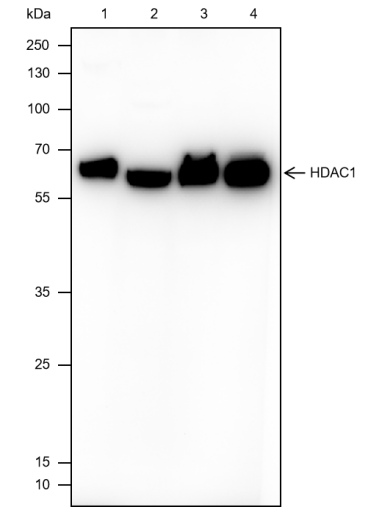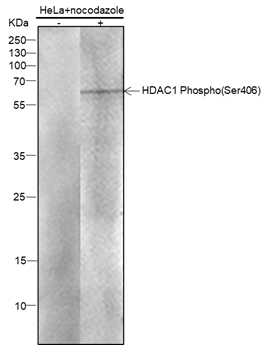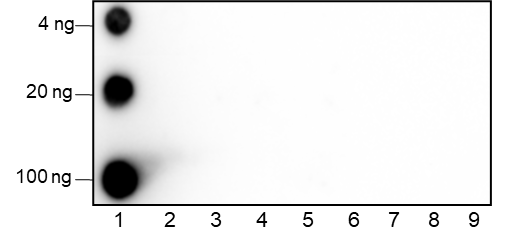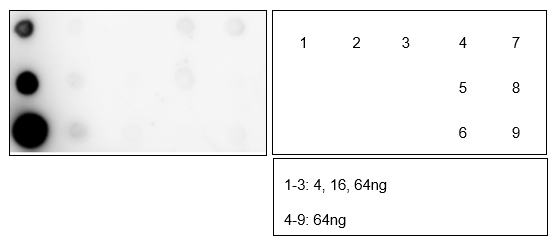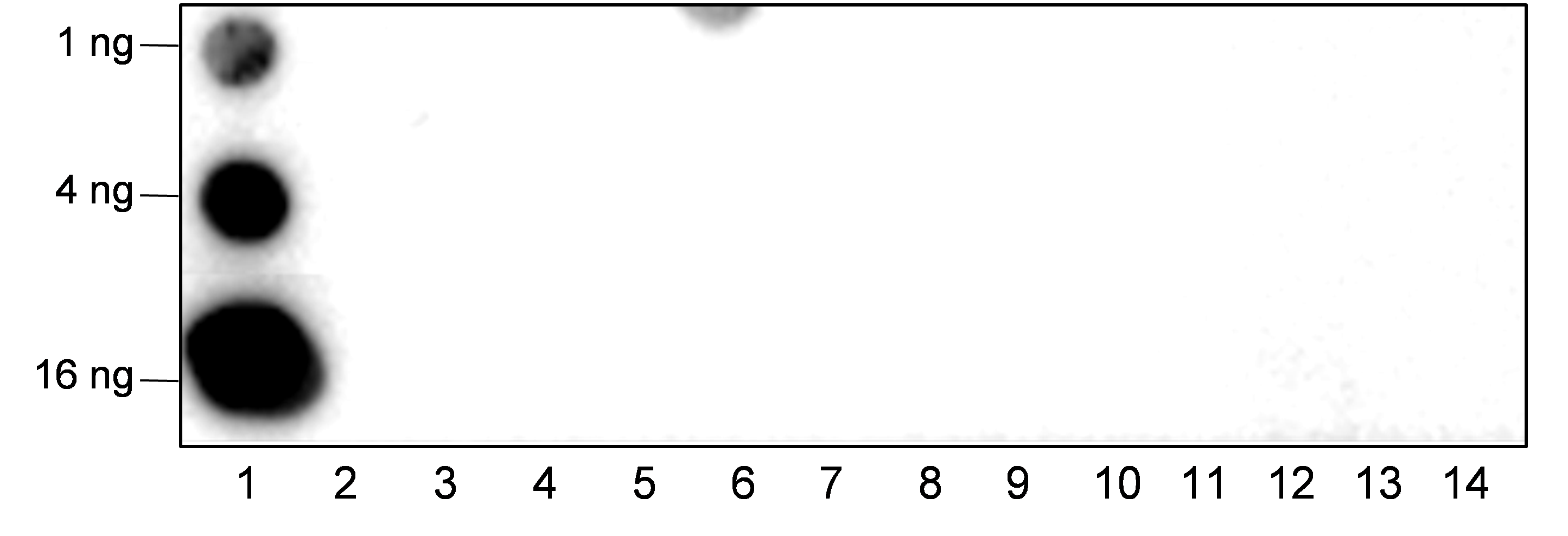
Clone Number: /
Host: Rabbit Clonality: Polyclonal
Applications: WB FC ChIP
Reactivity: Human, Mouse, Rat
Synonyms: H3K18la
Shipping: Ambient temperature
Order online or send purchase order to info@ptmbio.com
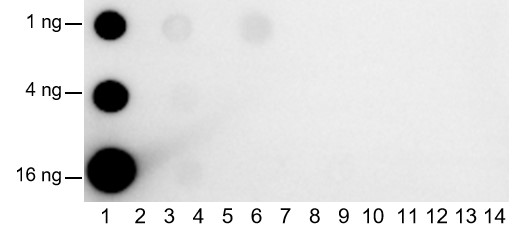
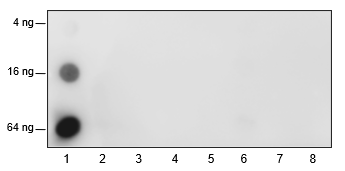
| Isotype | IgG |
| Conjugate | Unconjugated |
| Synonyms | H3K18la |
| UniProt ID | |
| Immunogen | Lactylated human histone H3 (Lys18) peptide |
| MW (kDa) | 15 |
| Specificity | Anti-Lactyl-Histone H3 (Lys18) Rabbit pAb detects histone H3 only when it is lactylated at Lys18. This antibody has been shown to selectively recognize lactylated H3 peptide at Lys18, but not the acetylated, crotonylated, butyrylated, propionylated, or unmodified H3 peptide at Lys18. |
| Applications | Dilution | Recommended Species |
|---|---|---|
| WB | 1:500 - 1:2000 | Human, Mouse, Rat |
| FC | 1:50 - 1:100 | Human |
| ChIP | 1:100 - 1:500 | Human |
| Purity | Protein A and immunogen affinity purified |
| Constituents | PBS, Glycerol, BSA |
| Storage | Store at -20°C. Avoid freeze/thaw cycles. |
| Stability | Stable for 12 months from date of receipt/reconstitution. |
Background
Histones are subject to a variety of enzyme-catalyzed modifications, including acetylation, methylation, phosphorylation, ubiquitination, etc. The Warburg effect, initially characterized by an increase in lactate production in cancer cells, is linked to various cellular processes such as angiogenesis, hypoxia, polarization of macrophages, and T cell activation. This phenomenon is closely associated with several diseases including neoplasia, sepsis and autoimmune diseases. Lactate, which is converted from pyruvate in tumor cells, is well-known as an energy source and metabolic byproduct. Zhang et al. (Nature, 2019) reveal that histone lactylation is a previously unknown histone modification derived from the cellular metabolite lactate.
Cellular location
Nucleus
| Dot Blot | |
|---|---|

|
Blocking buffer: 5% NFDM/TBST |
| WB | |
|---|---|
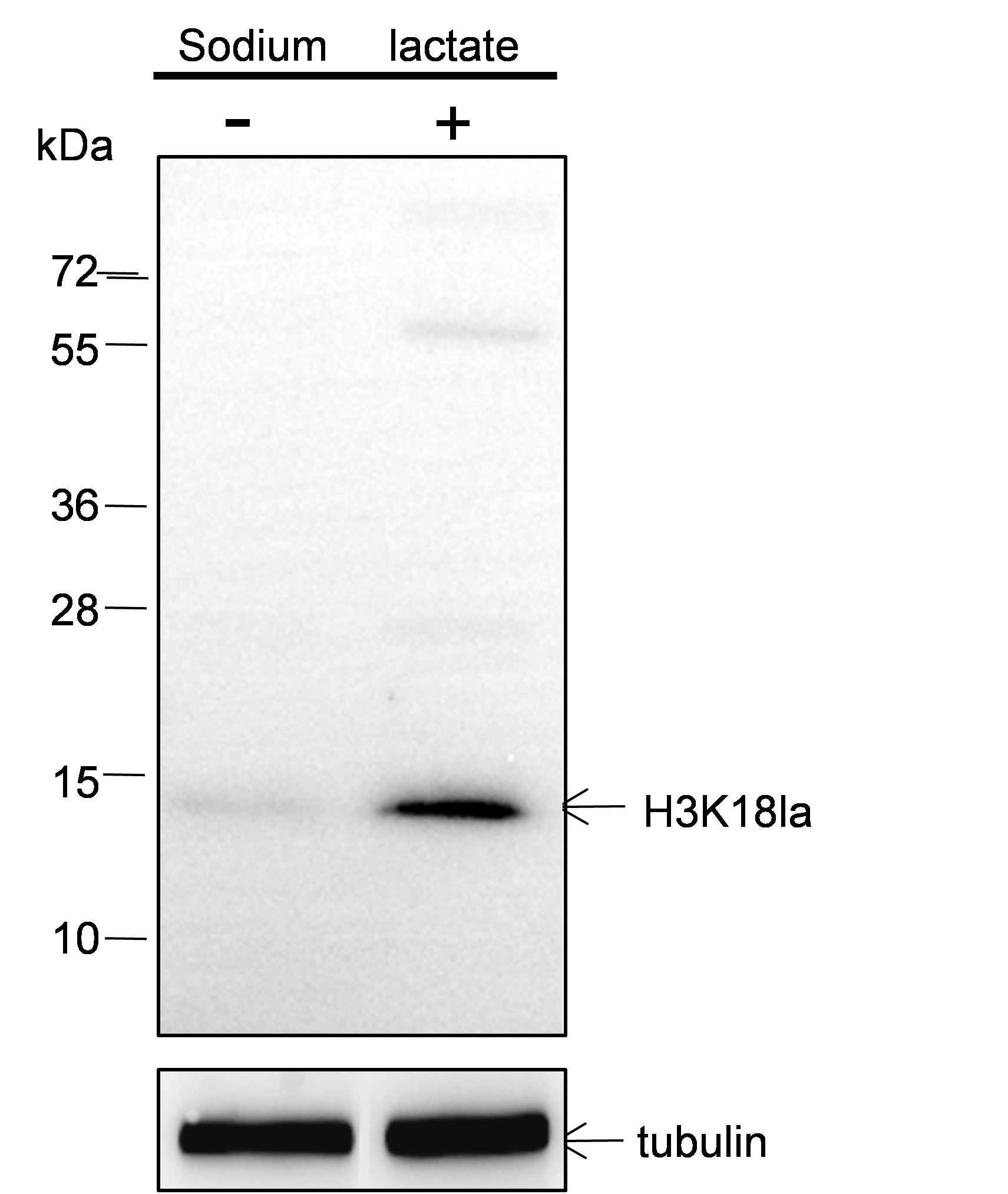
|
Blocking buffer: 5% NFDM/TBST |
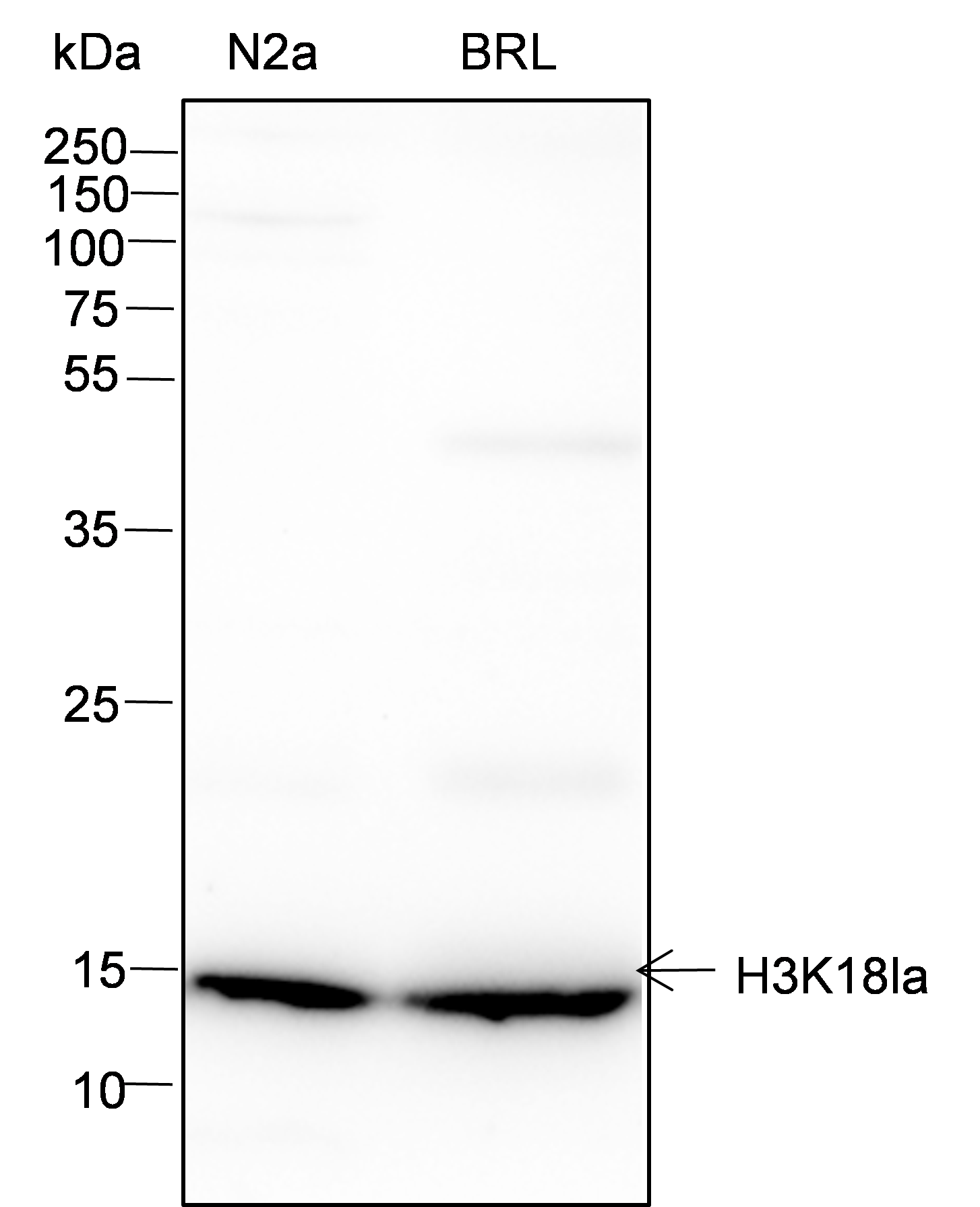
|
Blocking buffer: 5% NFDM/TBST |
| FC | |
|---|---|
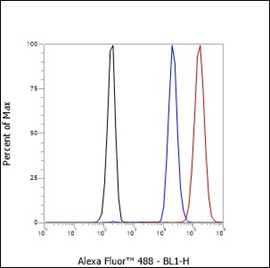
|
Cell line: HeLa |
| ChIP | |
|---|---|
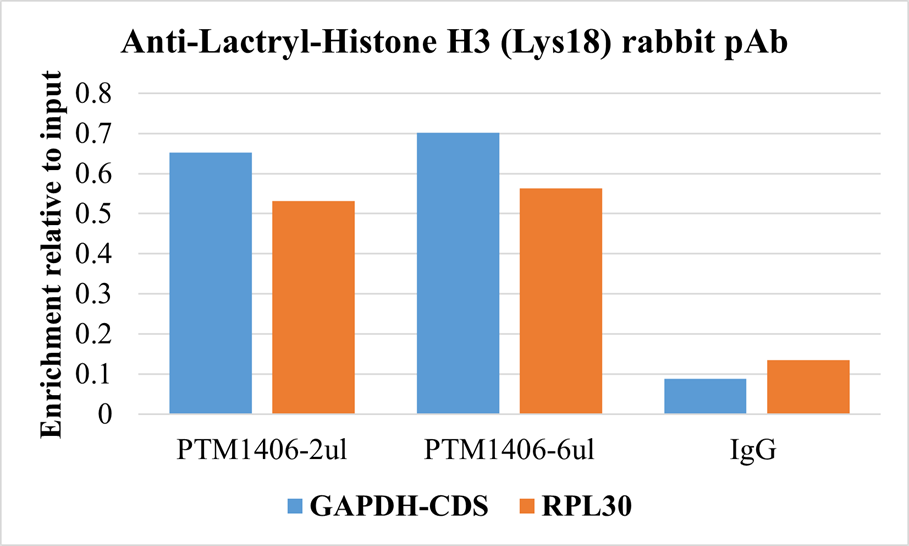
|
Cell type: MCF-7 |
Research Use
For research use only, not for use in diagnostic procedures.


